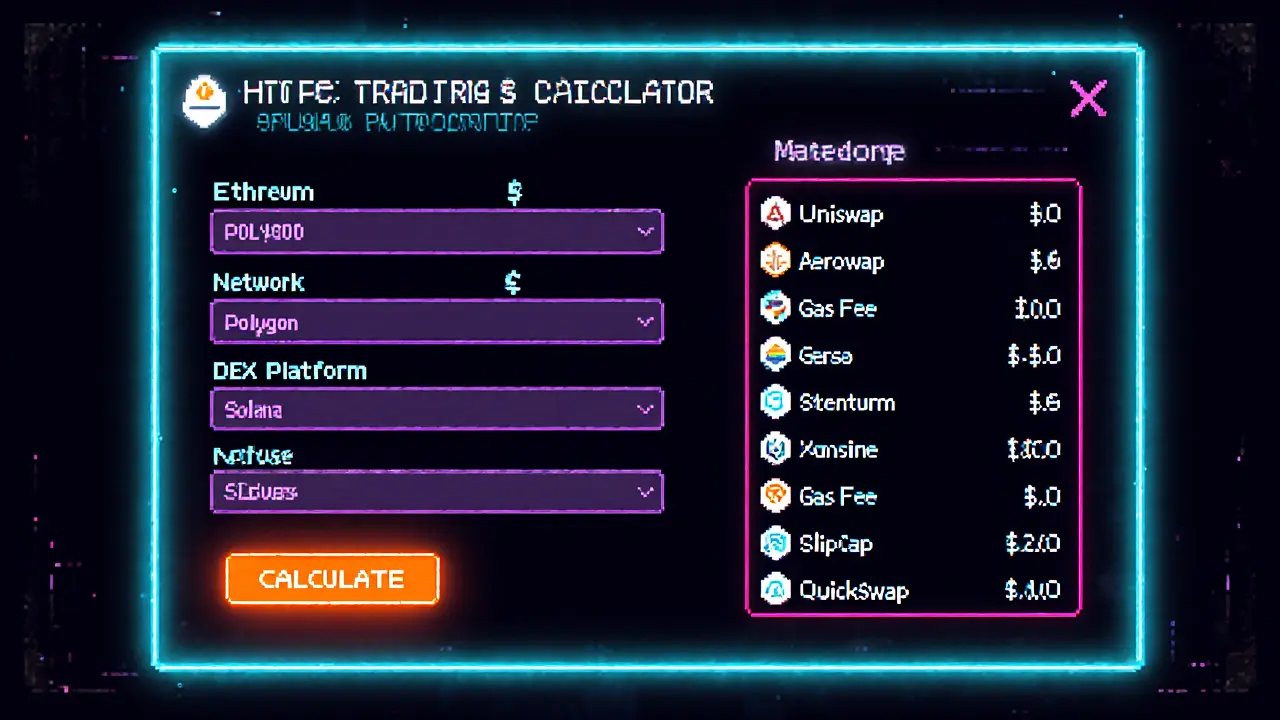DEX Fees: What They Are and Why They Matter
When working with DEX fees, the charges users pay each time they swap a token on a decentralized exchange, usually a percentage of the trade plus the network gas cost. Also known as trading fees, it reflects the cost of moving value on a permissionless protocol. DEX fees influence how often you trade, which pairs you choose, and whether a swap makes sense after the fee is applied.
One of the biggest drivers of DEX fees is the Automated Market Maker (AMM), a smart‑contract model that replaces order books with liquidity pools. The AMM’s fee structure—often 0.2% to 0.3% of each swap—determines the baseline cost before any network fee is added. Different AMM designs, like constant product or hybrid order‑book models, change how steep the fee curve gets as pool depth shrinks, which directly impacts slippage and overall expense. Another key piece is the Liquidity Provider (LP), whose deposited assets earn a share of those fees. When LPs withdraw, the fee rate can adjust to keep incentives aligned, meaning the fee you see today may shift tomorrow based on pool composition.
Beyond the protocol layer, the gas fee, the cost of executing a transaction on the underlying blockchain, adds a variable component that can dwarf the AMM percentage during network congestion. Users often mitigate gas spikes by using layer‑2 solutions, batching trades, or timing swaps during off‑peak periods. This interplay—AMM fee, LP reward, and gas cost—creates a three‑way relationship where each element influences the final amount you pay. Understanding that relationship helps you plan smarter trades, pick the right DEX, and even decide whether a centralized alternative might be cheaper for a large order. Below you’ll find more detailed looks at how specific DEXes calculate fees, how fee tiers affect liquidity, and practical tips for minimizing both protocol and gas expenses.
DEX Trading Fees and Slippage: How to Keep Costs Low in 2025
Posted By Tristan Valehart On 1 Feb 2025 Comments (22)

Learn how DEX fees, gas costs, and slippage affect your crypto trades in 2025 and discover practical ways to keep total costs low.
READ MORE